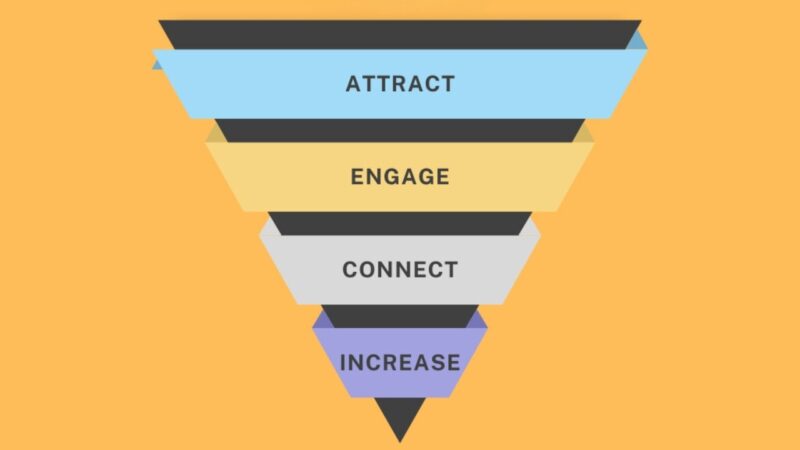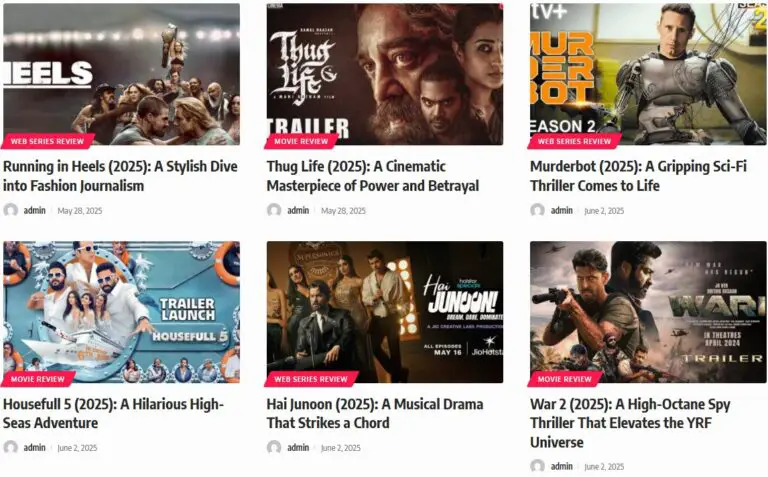Acquiring new clients is a cornerstone of effective marketing and business expansion.
By adopting robust client acquisition strategies, you can attract potential customers and improve their retention over the long haul.
This guide will cover the fundamentals of client acquisition strategies, including various methods and real-world examples of successful implementations.
Additionally, we’ll explore ways to navigate and overcome common challenges in the client acquisition process.
Table of Contents
Toggle11 Techniques of Customer Acquisition Methods
1. Digital Content Marketing

Ideal for: Service, manufacturing, technology, financial, education, energy, retail, and e-commerce
Producing and sharing useful content tailored to the interests of your target audience can draw them in and encourage engagement. Quality content establishes an emotional connection, leading customers to make a purchase.
Ideas to Explore
- Social Media: Share posts that resonate with your audience, ranging from memes to industry insights.
- Videos: Develop educational or entertaining videos showcasing your products on platforms like YouTube.
- Podcasts: Start a podcast with valuable information relevant to your market, perhaps featuring influencer collaborations.
- Infographics: Create insightful infographics that can be shared and revisited by customers.
- Blog Posts: Publish helpful and reliable content on your company’s blog.
2. Search Engine Optimization
Ideal for: Service, food and beverage, technology, real estate, construction, and transportation
Improving your visibility on search engine results pages (SERPs), SEO enhances your business’ online presence. Optimizing web pages, blogs, and social media helps you appear more frequently in organic searches, driving traffic and building credibility.
3. Paid Advertising
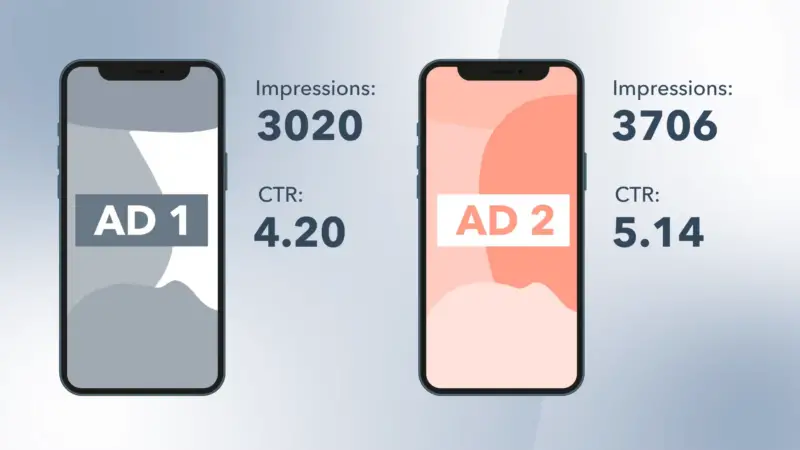
Ideal for: Technology, transportation, education, retail, service, food and beverage, manufacturing, financial, hospitality, and automotive
Investing in advertising can increase your business’s visibility across different mediums. Choosing appropriate channels can help attract more customers into the acquisition funnel.
Advertising Channels
- Traditional: TV, radio, and print media
- Display: Social media, websites, and apps
- PPC: Search engines and social media platforms
4. Email Marketing
Ideal for: Retail, financial, entertainment, nonprofit, service, and e-commerce
Sending targeted emails to potential customers can nurture leads and prompt action. Despite the overload of marketing emails, a well-crafted email campaign is a cost-effective method of engaging customers and can motivate purchases.
5. Influencer Marketing
Ideal for: Food and beverage, hospitality, entertainment, automotive, and retail
Partnering with industry influencers enhances your credibility and extends your reach. Influencers can help you build credibility, grow your social media following, generate sales, and get feedback to improve your offerings.
6. Affiliate Marketing
Ideal for: E-commerce, hospitality, financial, technology, entertainment, and marketing
Collaborating with third-party affiliates who promote your products for a commission can expand your reach. Affiliates only get paid when a sale is made, making this a budget-friendly marketing option.
7. Events and Sponsorships

Ideal for: Manufacturing, education, entertainment, energy, and food and beverage
Participating in or sponsoring events can boost your brand’s visibility and connect you with potential customers. Whether in-person or online, choosing relevant events can yield positive results.
8. Partnerships and Collaborations
Ideal for: Food and beverage, hospitality, entertainment, and automotive
Teaming up with other businesses or organizations allows for cross-promotion and a wider reach. Partnerships can provide mutual benefits, sharing resources and efforts to achieve common goals.
9. Free Trials and Samples
Ideal for: E-commerce, SaaS, entertainment, subscription boxes, education, hospitality, and financial
Offering free trials or samples gives potential customers a taste of your product or service. This approach can pique their interest and encourage them to make a purchase.
10. Loyalty and Referral Programs
Ideal for: Service, e-commerce, hospitality, financial, and subscription boxes
Loyalty and referral programs reward repeat business and new customer referrals. Incentives like discounts, plan upgrades, or exclusive products can motivate customers to continue engaging with your brand.
11. Customer Reviews and Testimonials
Ideal for: E-commerce, healthcare, transportation, construction, subscription boxes, and financial
Encouraging customers to leave positive reviews and testimonials can build trust with potential customers. Genuine feedback and high ratings can influence prospective buyers and differentiate your brand from competitors.
8 Common Challenges
1. Defining Your Target Audience
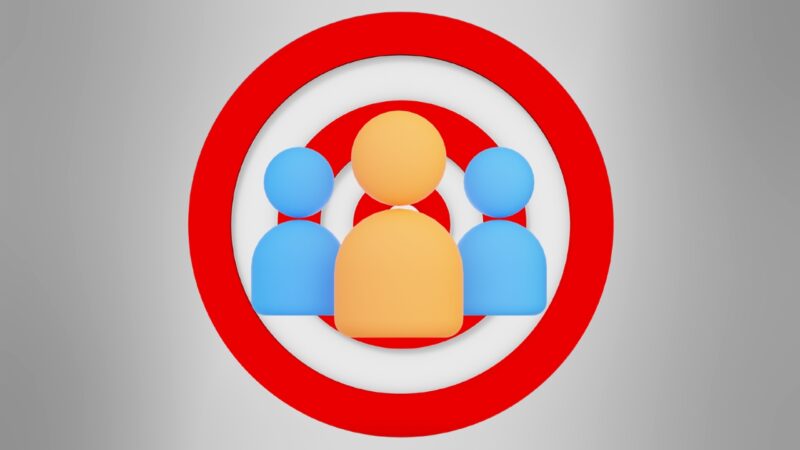
Challenge: Pinpointing who your target audience is, creating accurate customer personas, and adjusting marketing efforts to suit them.
Solution: Conduct detailed market research to uncover customer behaviors, preferences, and demographics. Use this analysis to clearly identify your audience and tailor your marketing strategies to meet their needs.
2. Competing Effectively
Challenge: Differentiating your business in a crowded market and drawing the attention of potential customers.
Solution: Target niche markets, emphasize what makes your company unique, and create a strong value proposition. Continuously monitor competitors to stay competitive and innovate.
3. Balancing Customer Acquisition Costs

Challenge: Keeping customer acquisition costs (CAC) in balance with the lifetime value of customers to ensure profitability.
Solution: Optimize marketing efforts for the highest conversions and invest in strategies that boost customer retention. Regularly review and adjust your CAC to ensure it is aligned with your financial goals.
4. Selecting the Right Marketing Channels
Challenge: Finding the most effective marketing channels to reach your audience and making efficient use of resources.
Solution: Experiment with various marketing platforms, analyze performance data based on customer preferences, and allocate resources to the channels that deliver the best results.
5. Enhancing Conversion Rates
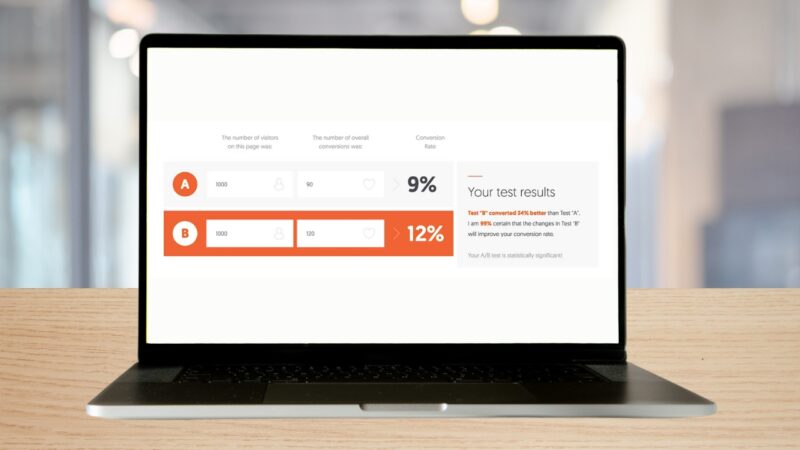
Challenge: Increasing the number of potential clients who complete a purchase.
Solution: Use A/B testing and other methodologies to continuously refine your website and landing pages. Make sure your calls-to-action (CTAs) are clear and guide customers smoothly through their buying journey.
6. Building Customer Trust
Challenge: Establishing a reliable and emotional connection with potential customers, especially for small or new businesses.
Solution: Strengthen your online presence, leverage customer reviews as social proof, maintain transparent communication, and offer guarantees or trials to alleviate customers’ concerns.
7. Scaling Acquisition Strategies

Challenge: Expanding your customer acquisition efforts without losing efficiency.
Solution: Implement scalable marketing tools and strategies, expand on what works well, and invest in technology that supports increased customer volume without compromising service quality.
8. Adapting to Market Changes
Challenge: Keeping pace with changing customer behaviors and market trends.
Solution: Stay informed about industry trends, actively review customer feedback, and remain flexible in adjusting your strategies. Be prepared to innovate and evolve your approach as needed.
How to Measure Customer Acquisition
Cost to Acquire Customers
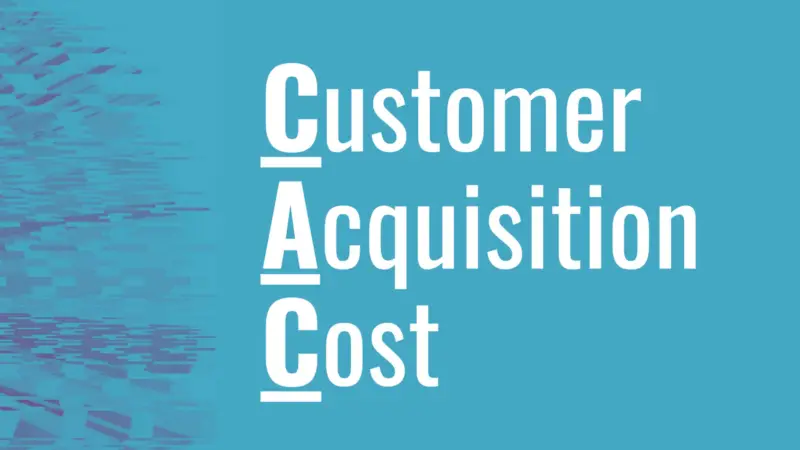
The Cost to Acquire Customers (CAC) represents the total expenses incurred in attracting one new client. This includes both marketing and sales team costs. To determine your CAC, use the following formula:
- CAC = (Total marketing and sales costs) / (Number of new customers acquired)
Rate of Conversions
Tracking conversion rates at various points in the customer journey helps you understand what’s effective. This involves measuring how many leads or visitors advance to the next stage from each source. Calculate your conversion rates with this formula:
- Conversion Rate = (Number of conversions / Number of visitors or leads) x 100
Value of Customer Lifetime
Customer Lifetime Value (LTV) predicts the total revenue a customer will generate throughout their relationship with your business. Here’s a basic formula to calculate LTV:
- LTV = (Average purchase value x Average number of purchases)
Return on Investment

Return on Investment (ROI) is essential for assessing the profitability of your customer acquisition efforts. Calculate ROI using the following method:
- ROI = (Net profit from customer acquisition – Cost of customer acquisition) / (Cost of customer acquisition) x 100
Rate of Customer Churn
The Customer Churn Rate measures how many paying customers stop doing business with you over a specific time period. A lower churn rate indicates a more successful customer acquisition strategy. Use this formula to calculate churn rate:
- Churn Rate = (Total customers lost during the period / Total customers at the start of the period) x 100
Customer Acquisition Channels
Evaluating the effectiveness of various customer acquisition channels is crucial. By comparing conversion rates and ROI for each channel, you can determine which methods yield the most valuable customers.
4 Real-Life Examples of Successful Customer Acquisition Strategies
1. Airbnb
Airbnb’s referral program boosted their bookings by 300%.
In this blog post, we explore 3 key lessons from the Airbnb referral marketing program you can apply to your own campaigns.
Read it here: https://t.co/ObvoMiE7pv pic.twitter.com/TySvAdMWPp
— GrowSurf (@GrowSurf) June 27, 2024
Key Strategy: Referral Program
Airbnb made a significant impact with its referral program. By offering travel credits to existing users who referred new customers, the platform incentivized word-of-mouth promotion.
This approach not only increased user engagement but also built trust among potential new users. The referral program was a highly effective method for spreading awareness and encouraging participation.
2. Dollar Shave Club
Key Strategy: Viral Video Campaign
Dollar Shave Club’s rise to fame was largely attributed to a humorous and engaging viral video. This video expertly highlighted the product’s benefits while entertaining viewers.
As a result, it amassed millions of views and converted many viewers into customers. The viral campaign effectively demonstrated the power of creative content in driving customer acquisition.
3. Warby Parker
Key Strategy: Home Try-On Program
Warby Parker revolutionized the eyewear market by introducing an at-home try-on program. This initiative enabled customers to select several frames to try at home before purchasing, all with free shipping.
This convenience and customer-centric approach allowed the brand to compete with luxury eyewear retailers and attract a loyal customer base. The program provided an enhanced online shopping experience that mimicked the traditional in-store trial process.
4. Casper

Key Strategy: Content Marketing
Casper, the mattress brand, soared to popularity through strategic content marketing. By producing engaging and informative content about the importance of good sleep and related topics, Casper positioned itself as an authority in the sleep industry.
The company leveraged both digital platforms and even a print magazine called Woolly to connect with its audience. This content-driven strategy helped build trust and rapport with consumers, driving growth and brand recognition.
These examples illustrate how different innovative strategies can effectively attract and retain customers. By leveraging referral programs, viral videos, home try-on initiatives, and content marketing, these companies successfully navigated the competitive landscape and achieved substantial growth.


